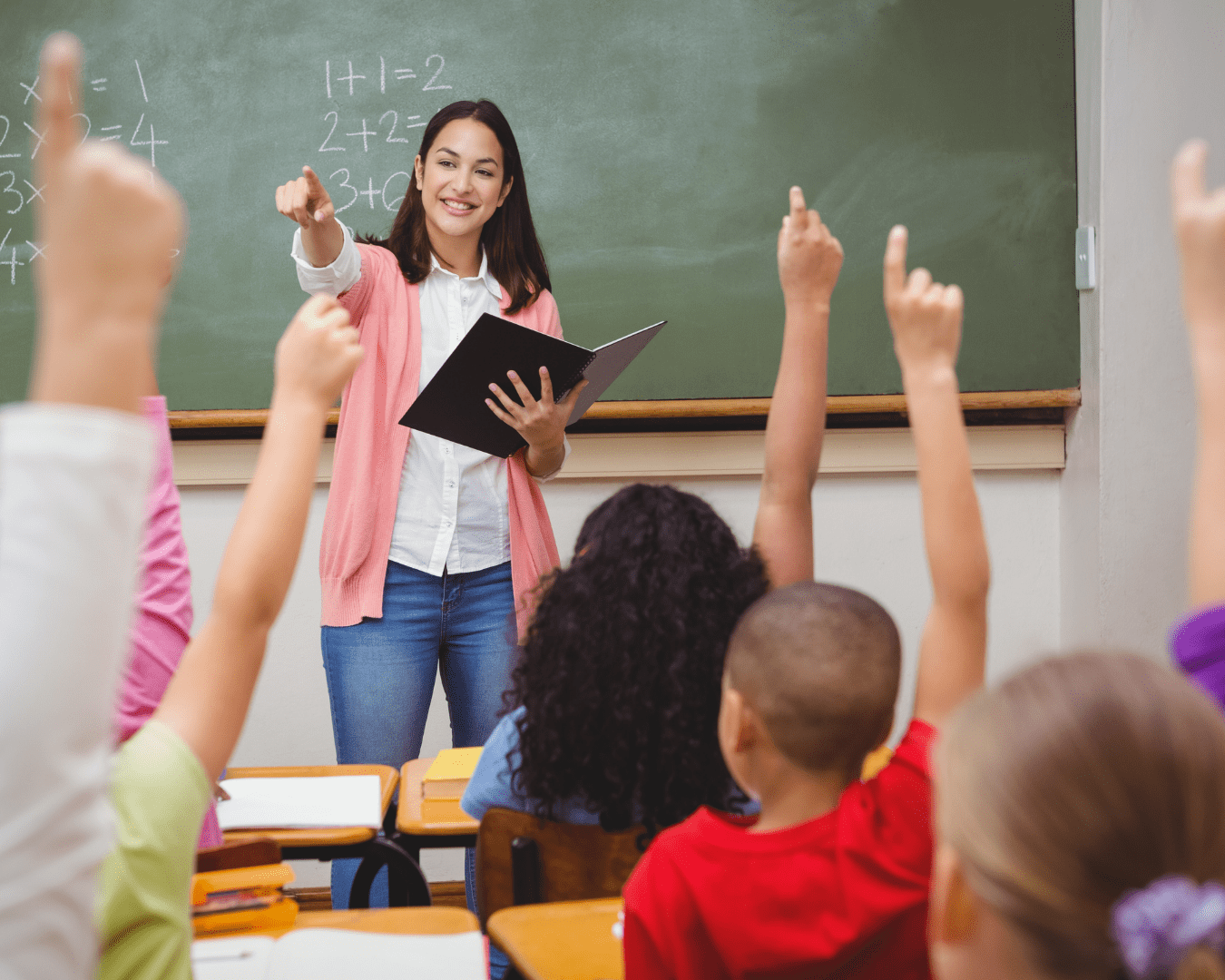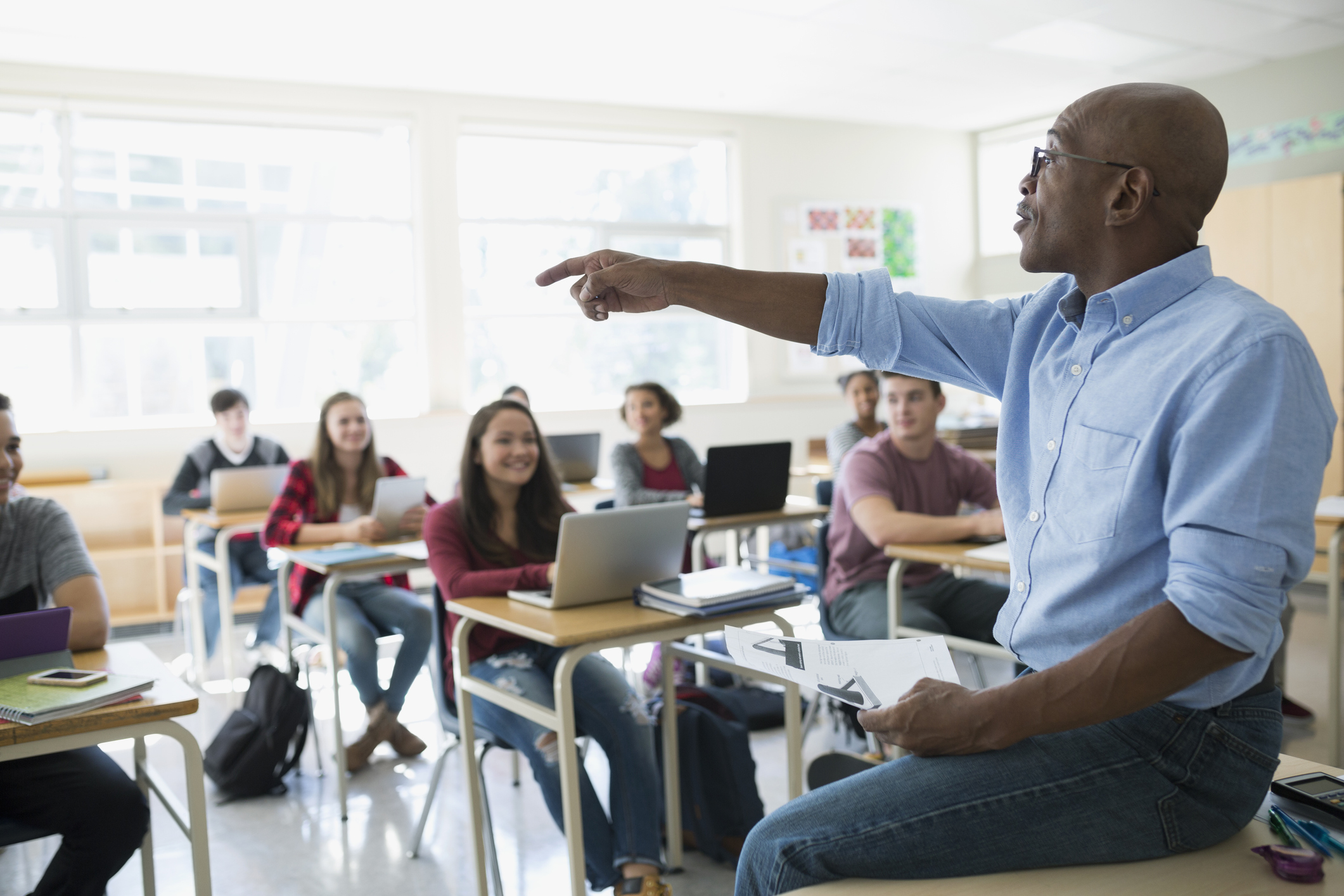Boost Your Child’s Confidence with Primary Science Tuition Singapore
Boost Your Child’s Confidence with Primary Science Tuition Singapore
Blog Article
A Comprehensive Guide to the Numerous Understanding Approaches in Main Science Instruction
The expedition of diverse discovering methods in primary science instruction provides an opportunity for instructors to improve trainee engagement and understanding considerably. By examining hands-on discovering techniques, inquiry-based methods, and collective methods, we can recognize effective methods that cater to various finding out styles.

Hands-On Learning Techniques
Hands-on knowing methods play an essential role in key science direction, engaging pupils in energetic expedition and testing. These methods permit students to communicate straight with phenomena and materials, fostering a deeper understanding of scientific concepts. By utilizing manipulatives, models, and real-life experiments, instructors produce a setting where pupils can observe, assume, and test their ideas.
Such strategies not only improve understanding yet additionally grow crucial reasoning and analytic abilities. When trainees join activities like building straightforward machines, planting seeds, or conducting chemical reactions, they are encouraged to ask concerns and seek responses through their own monitorings. This experiential strategy aids to demystify complex scientific concepts, making them much more relatable and easily accessible.
Moreover, hands-on knowing advertises cooperation among peers, as pupils usually operate in groups to perform experiments or share searchings for. This synergy not just enriches their understanding experience but additionally creates important social skills. Inevitably, incorporating hands-on methods in key science direction promotes a lifelong love of learning and interest regarding the natural globe, laying a strong structure for future academic searches in scientific research and beyond.
Inquiry-Based Knowing
Inquiry-based learning is an instructional method that urges trainees to ask inquiries, check out phenomena, and construct their own understanding of scientific concepts. This technique shifts the emphasis from typical teacher-led direction to a much more student-centered experience, where students take the effort in their educational trip. By promoting curiosity, inquiry-based knowing advertises much deeper involvement with the product, allowing pupils to check out subjects in a significant context.
In practice, this approach commonly entails hands-on experiments, observations, and crucial thinking tasks that align carefully with the clinical technique. Students are motivated to create theories, style examinations, and analyze information, which cultivates crucial abilities such as analytical and analytical thinking. The role of the teacher in this framework is to assist in expedition, assisting trainees with the inquiry procedure while encouraging independent thought and collaboration.
Moreover, inquiry-based knowing nurtures a sense of ownership over the learning procedure, inspiring students to pursue understanding proactively. This approach not just boosts understanding of scientific principles but also promotes a lifelong love for understanding, furnishing pupils with the skills required to browse an increasingly complicated globe.
Collaborative Knowing Approaches
Collective learning techniques empower trainees to engage in significant interactions with peers, promoting a shared obligation for their educational outcomes. In primary science guideline, these strategies urge students to function together to discover clinical ideas, fix problems, and carry out experiments (primary science tuition Singapore). By taking part in team activities, trainees can take advantage of varied point of views, enabling for richer understanding and retention of clinical understanding
One secret facet of collaborative knowing is the focus on interaction abilities. Pupils should articulate their thoughts, listen actively to others, and negotiate ideas, every one of which are crucial proficiencies in both scholastic and real-world contexts. This social communication not just boosts their understanding of scientific concepts yet additionally promotes team effort and problem resolution abilities.
Moreover, collaborative discovering frequently causes raised inspiration and involvement. They are extra most likely to take ownership of their knowing trip when students see the value of their contributions within a team. Teachers can promote this process by creating structured group jobs that line up with curriculum objectives while supplying guidance on reliable cooperation strategies. In general, incorporating collaborative learning techniques in key science guideline cultivates a vibrant knowing atmosphere that prepares pupils for future academic and social difficulties.
Technology Assimilation in Scientific Research
The integration of modern technology in key science guideline enhances finding out experiences by giving cutting-edge devices and sources that support numerous mentor methods, consisting of collaborative knowing - primary science tuition Singapore. Using digital platforms, simulations, and interactive applications permits students to involve deeply with linked here clinical principles, promoting an extra hands-on method to knowing
Digital laboratories, for instance, allow students to carry out experiments safely and effectively, advertising inquiry-based understanding. These tools can replicate real-world clinical circumstances, allowing pupils to envision complex processes that would certainly be hard to replicate in a typical classroom setting. Additionally, technology fosters communication and partnership amongst pupils, as they can share searchings for and work together on jobs via on the internet systems.
Furthermore, multimedia presentations and academic videos can improve lessons by accommodating varied discovering styles, making abstract principles a lot more obtainable. Information analysis tools additionally equip pupils to collect and interpret scientific information, enhancing crucial thinking skills. In general, the critical incorporation of modern technology in key science direction not just enhances involvement however also prepares pupils for a technologically innovative society, equipping them with crucial skills for future clinical ventures.
Distinguished Guideline Strategies
Differentiated guideline methods are necessary for resolving the diverse needs of learners in key science education and learning. These methods allow teachers to tailor their training methods to suit varying capabilities, passions, and click to read finding out designs within the class. By utilizing separated instruction, instructors can create a comprehensive atmosphere that fosters interaction and enhances understanding of clinical principles.
One reliable strategy is to use versatile organizing, which permits trainees to collaborate with peers at comparable ability degrees or with varying viewpoints. This strategy motivates peer understanding and promotes essential reasoning. Furthermore, providing selections in tasks can equip pupils, allowing them to pick tasks that resonate with their rate of interests while still satisfying curricular goals.
In addition, including tiered jobs is one more important technique. Deliberately jobs with varying degrees of complexity, educators can make certain that all trainees are appropriately tested, regardless of their proficiency. Using formative analyses to assess comprehending further makes it possible for instructors to adjust their educational techniques dynamically, learn the facts here now guaranteeing that each learner receives the assistance they require.
Eventually, implementing differentiated guideline methods in key scientific research education and learning not just enhances trainee learning results but likewise grows a passion for scientific research, preparing trainees for future scholastic searches.

Verdict
In summary, reliable primary scientific research instruction demands a multifaceted strategy that includes hands-on understanding, inquiry-based techniques, and joint techniques. The combination of technology and set apart instruction better deals with varied learning styles, cultivating an environment for exploration and important thinking. By carrying out these techniques, teachers can enhance student interaction and understanding, ultimately nurturing a long-lasting passion for science and questions. Such detailed approaches are crucial for developing notified and curious future researchers.
The expedition of diverse discovering techniques in main science instruction presents an opportunity for educators to improve trainee involvement and understanding considerably.Hands-on knowing methods play a critical function in primary science instruction, involving pupils in energetic exploration and testing.Inquiry-based discovering is a training technique that motivates trainees to ask questions, investigate phenomena, and construct their own understanding of clinical principles.Joint understanding strategies equip students to involve in significant interactions with peers, fostering a common obligation for their educational outcomes. Generally, integrating collaborative understanding strategies in main scientific research direction grows a dynamic understanding atmosphere that prepares students for future academic and social challenges.
Report this page